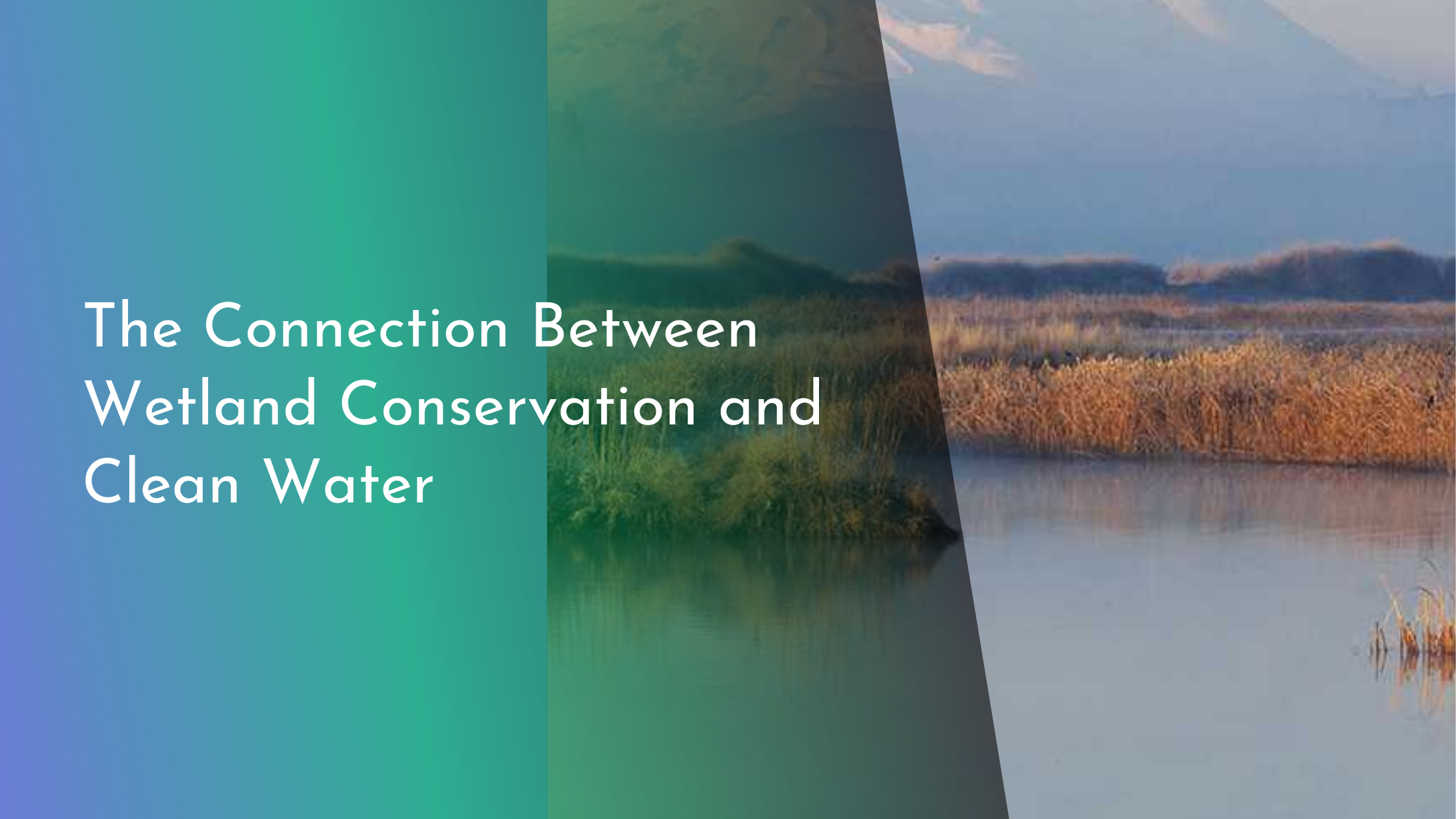The Connection Between Wetland Conservation and Clean Water
Wetlands are often overlooked in discussions about environmental conservation, yet they play a vital role in maintaining the health of our planet. These unique ecosystems are not just beautiful landscapes teeming with diverse wildlife, but they also serve as natural water purifiers. In this article, we’ll explore the intrinsic connection between wetland conservation and clean water. We’ll delve into the fascinating ecosystems of wetlands, understand how they naturally filter water, discuss the importance of conservation efforts, and envision a future where clean water is accessible to all.
Understanding Wetlands and Their Ecosystems
Wetlands are areas where water covers the soil or is present either at or near the surface of the soil all year or for varying periods of time during the year. These ecosystems include marshes, swamps, bogs, and fens, each hosting a variety of plant and animal species uniquely adapted to saturated conditions. The abundance of life in wetlands is astounding; they are home to an estimated 40% of the world’s species, providing critical habitats for birds, amphibians, fish, and invertebrates. The plant life in wetlands plays a crucial role in these ecosystems, as they contribute to the oxygen supply and provide food and shelter for wildlife.
Wetlands are dynamic environments where water levels fluctuate, creating a diverse range of conditions that support a wide array of species. The interactions between water, soil, plants, and animals in these ecosystems are complex and balanced. Wetlands act as ecological transition zones between land and aquatic environments. This unique position enables them to capture runoff, reduce flooding, and recharge groundwater supplies, making them a critical component of the hydrological cycle. Their role in biodiversity conservation and ecosystem services underscores the need for their protection and preservation.
How Wetlands Naturally Purify Water
One of the most remarkable features of wetlands is their ability to naturally purify water. As water flows through a wetland, it slows down, allowing sediments and pollutants to settle. This process is facilitated by the dense vegetation and complex root systems that trap particles and absorb nutrients and contaminants. Wetland plants, such as cattails and reeds, play a critical role in this filtration process; they absorb heavy metals and nutrients like nitrogen and phosphorus, which can be harmful in excess quantities.
Additionally, wetlands host a myriad of microorganisms that break down organic matter and convert pollutants into less harmful substances. These microorganisms, including bacteria and fungi, thrive in the wetland environment and are essential for the decomposition of organic materials. Wetlands can reduce the levels of pathogens and filter out excess nutrients that often lead to algal blooms in downstream waters. Through these natural processes, wetlands provide a cost-effective and sustainable solution for water purification, benefiting both human populations and natural ecosystems.
The Role of Wetland Conservation Efforts
The conservation of wetlands is crucial for maintaining their ability to provide clean water. Human activities, such as agriculture, urban development, and industrial operations, have led to the degradation and loss of wetlands worldwide. Conservation efforts aim to protect existing wetlands, restore degraded ones, and create new wetland areas to compensate for those that have been lost. This can be achieved through policy initiatives, land management practices, and community engagement efforts that highlight the importance of wetlands in our environment.
Restoration projects focus on re-establishing the natural hydrology and biodiversity of wetlands. This often involves removing invasive species, reintroducing native vegetation, and reshaping landscapes to allow natural water flow. Such efforts not only improve water quality but also increase the resilience of wetlands to climate change impacts, such as increased flooding and sea-level rise. Engaging local communities in these conservation initiatives ensures sustainable management practices and promotes the understanding of wetlands’ roles in providing clean water and other ecosystem services.
Building a Brighter Future Through Clean Water
Ensuring access to clean water is one of the most pressing challenges of our time, and wetlands are key to achieving this goal. By conserving and restoring wetlands, we can enhance their natural water purification capabilities, which helps secure water quality for future generations. Wetlands also serve as natural buffers against extreme weather events, reducing the risk of flooding and erosion, which are likely to increase with climate change. By protecting these ecosystems, we also preserve biodiversity and contribute to climate change mitigation and adaptation.
Investments in wetland conservation can lead to significant social, economic, and environmental benefits. Healthier wetlands mean healthier communities, as access to clean water reduces the risk of waterborne diseases and supports local economies that rely on fishing, tourism, and agriculture. Educating people about the importance of wetlands and involving them in conservation efforts fosters a deeper connection with the natural world and inspires actions that contribute to sustainable development. Together, we can build a future where clean water is abundant, and wetlands continue to thrive.
Wetlands are more than just picturesque landscapes; they are indispensable allies in the quest for clean water and a healthy environment. By understanding the vital roles these ecosystems play in water purification and biodiversity support, we can better appreciate the need to conserve and restore them. As we move forward, let us embrace the opportunity to protect these natural treasures, ensuring that they continue to provide essential ecosystem services for generations to come. A future with clean water is possible, and it starts with the commitment to wetland conservation today.

